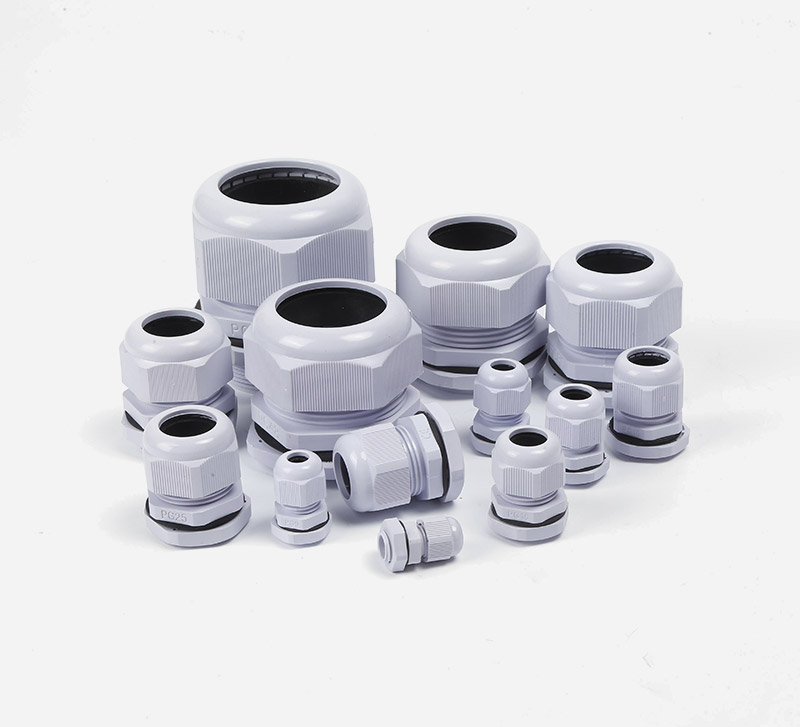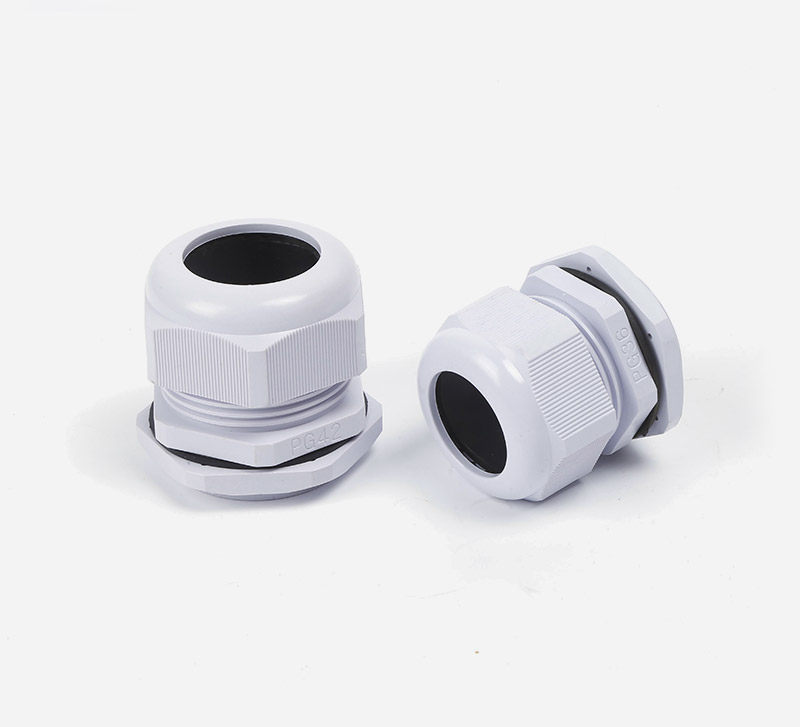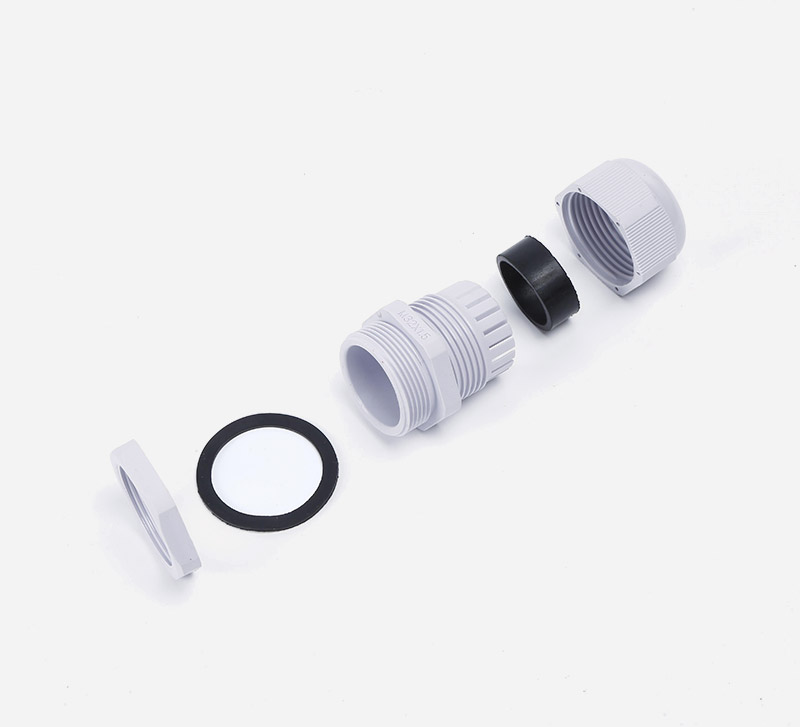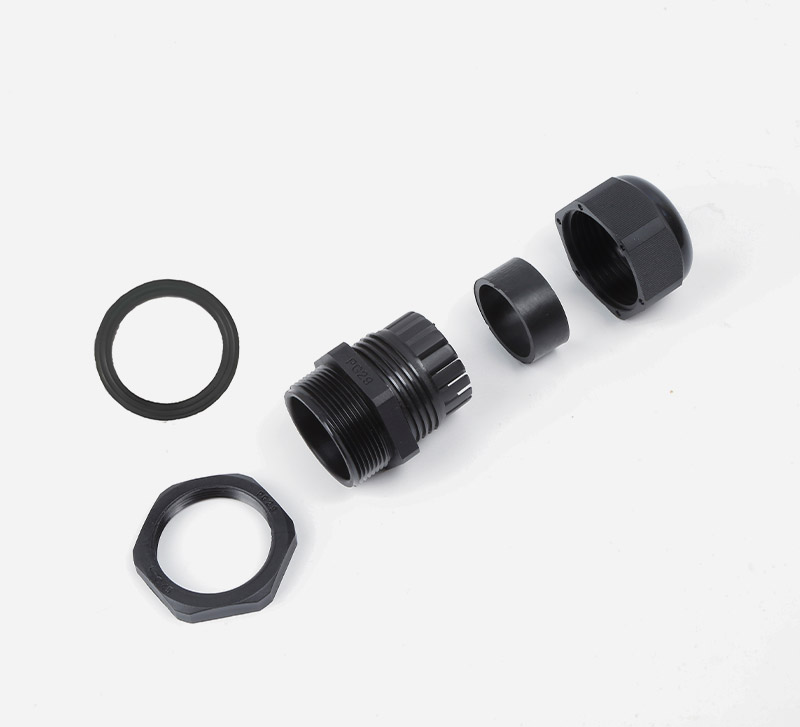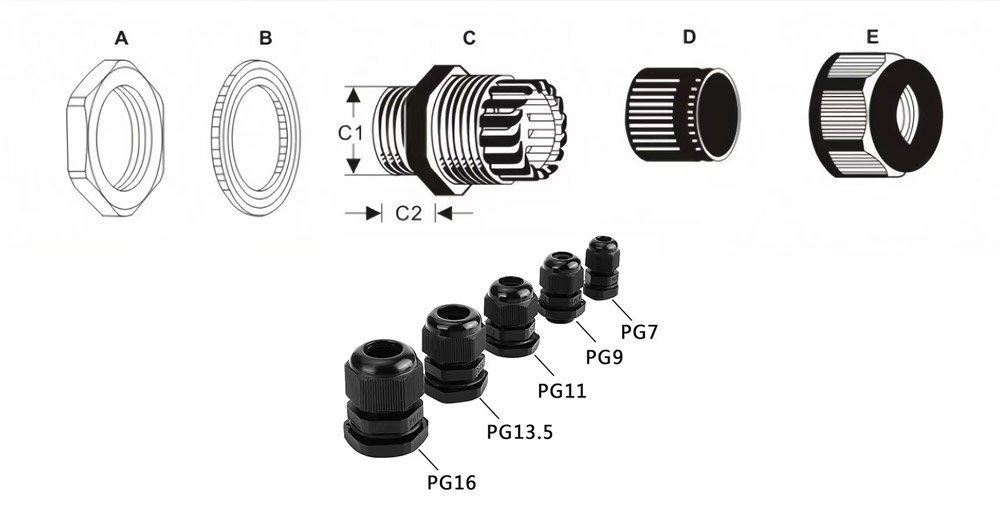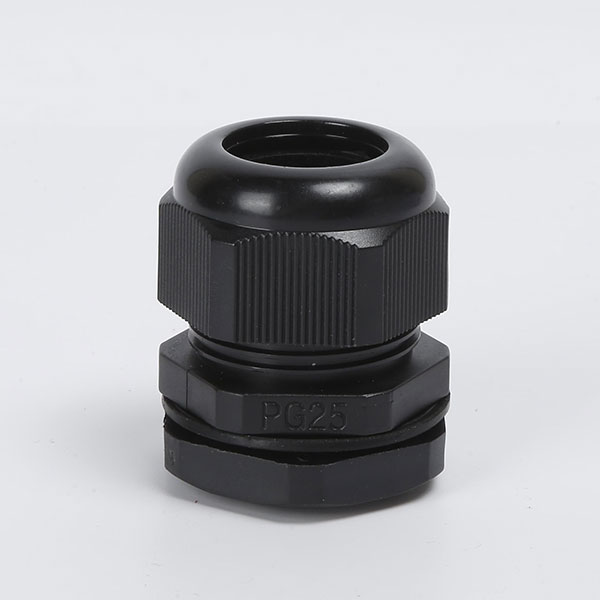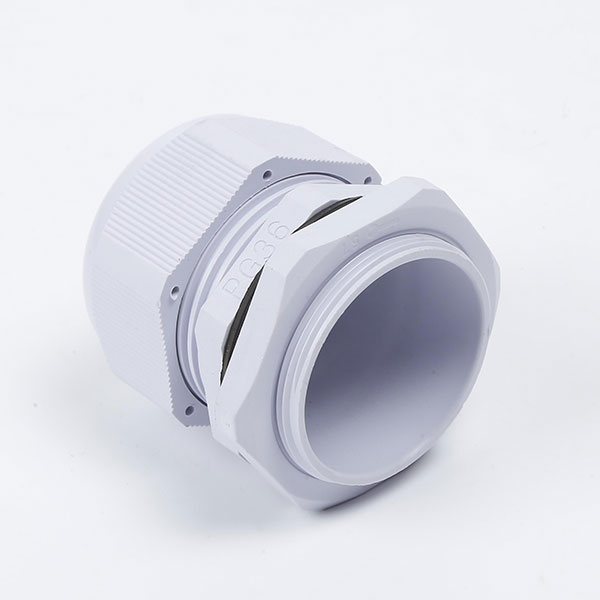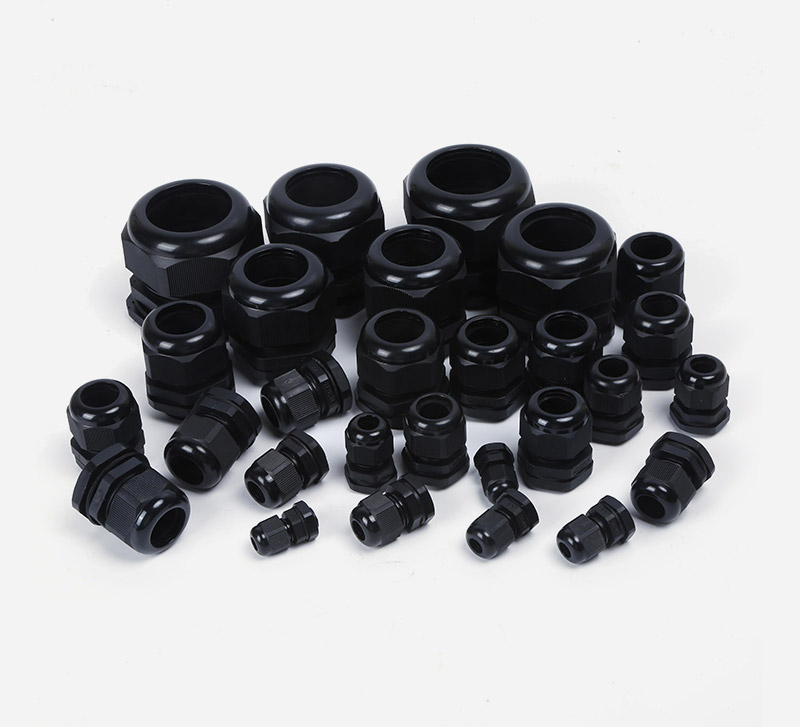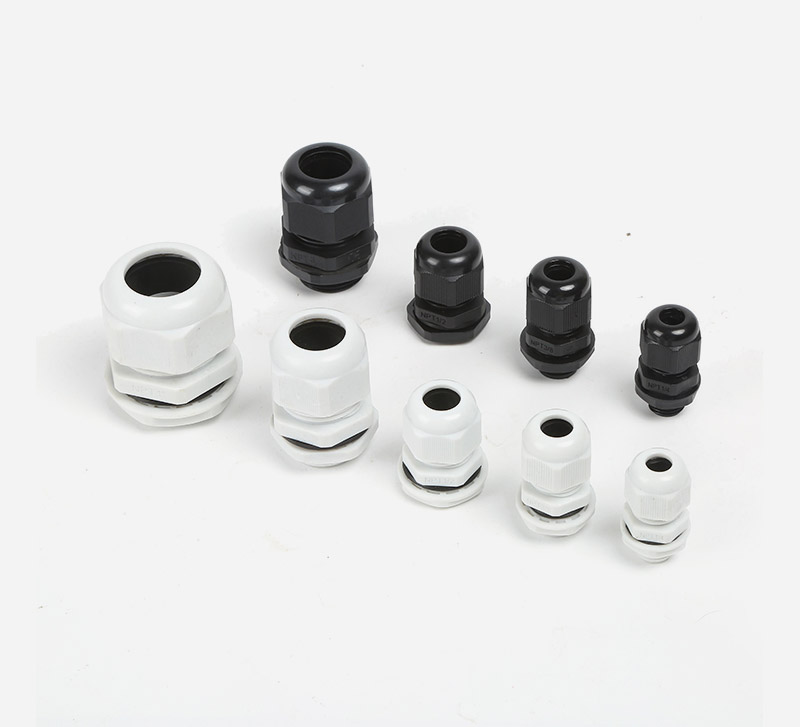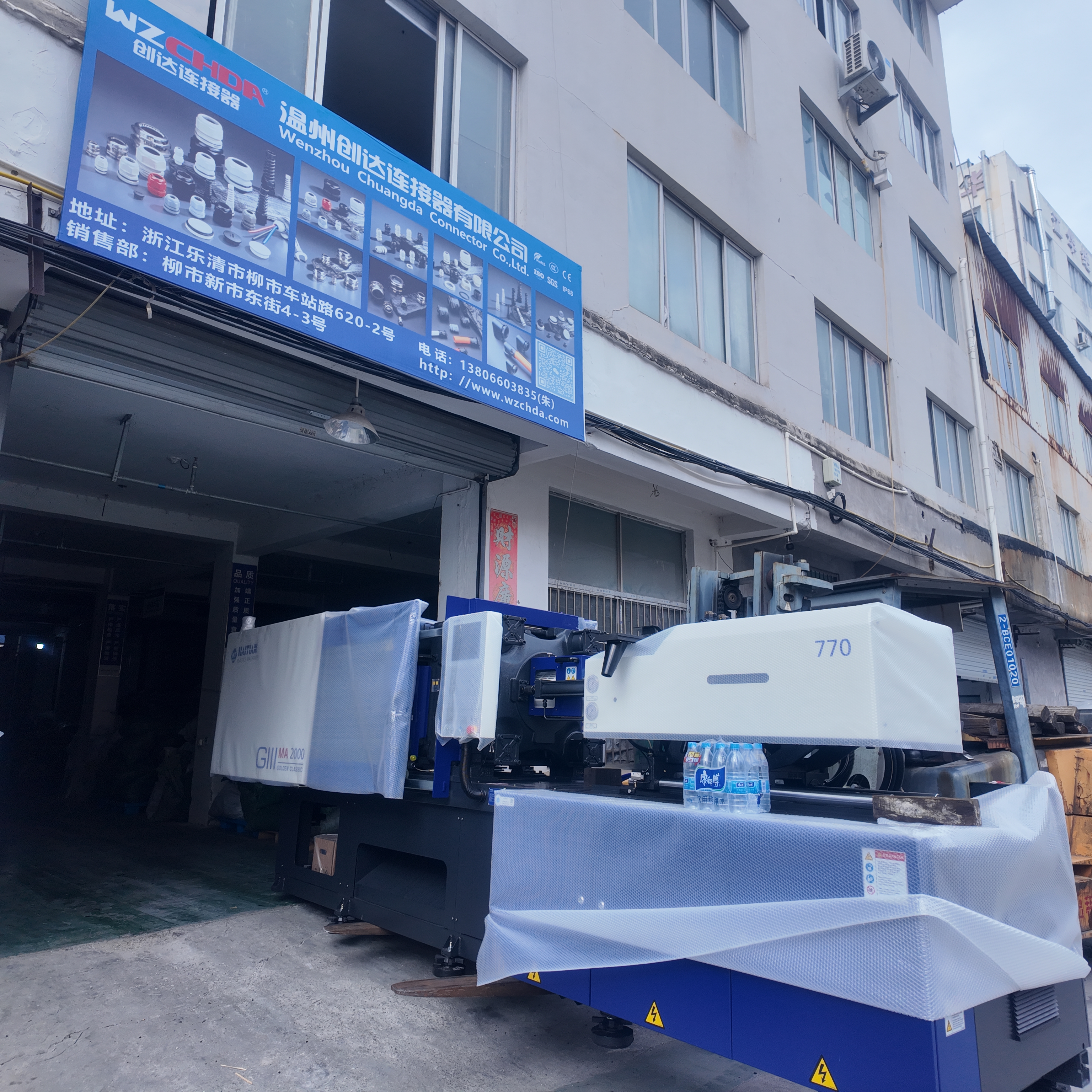The PG Thread Waterproof Cable Gland is a supporting product of the cable. The primary role of cable glands is cable fastening; additionally, they can be coupled to equipment housings such as watertight boxes or connected to electrical machinery featuring compatible internal threads at the input and output points.
Protection Degree: For the particular range of cables, incorporating an O-ring aids in fastening the tightening head, which enables compliance with the IP68 standard and withstands pressures up to 10 bar.
Operating temperature:Static -40℃~100℃ or instant heat resistance up to 120℃.Dynamic -20℃~80℃ or Instant heat resistance to 100℃
Thread length: For cable gland threads, the short thin cable gland thread is fit for holes in thin board openings or devices with internal thread. Its design enables a proper and secure connection in such scenarios. Meanwhile, the long cable gland thread is available for thick board applications. It can effectively penetrate and fasten in thick boards, ensuring a stable hold. Additionally, we provide OEM service such as cable gland thread extension support, catering to different installation needs.
Features: Special clamping claw and clamping ring design, wide clamping range of cables, extremely strong tensile strength, waterproof, dustproof, salt-resistant, weak acid, alcohol, oil, grease and general solvents.
Function: Nylon Cable Joint is cable supporting products, connector cable can be locked, the other end of the device can access the device through the box body, also can choose thread access according to the entry and outlet of the internal thread electrical equipment.
More options: Customization is acceptable. Welcome to inquire when ordering.



